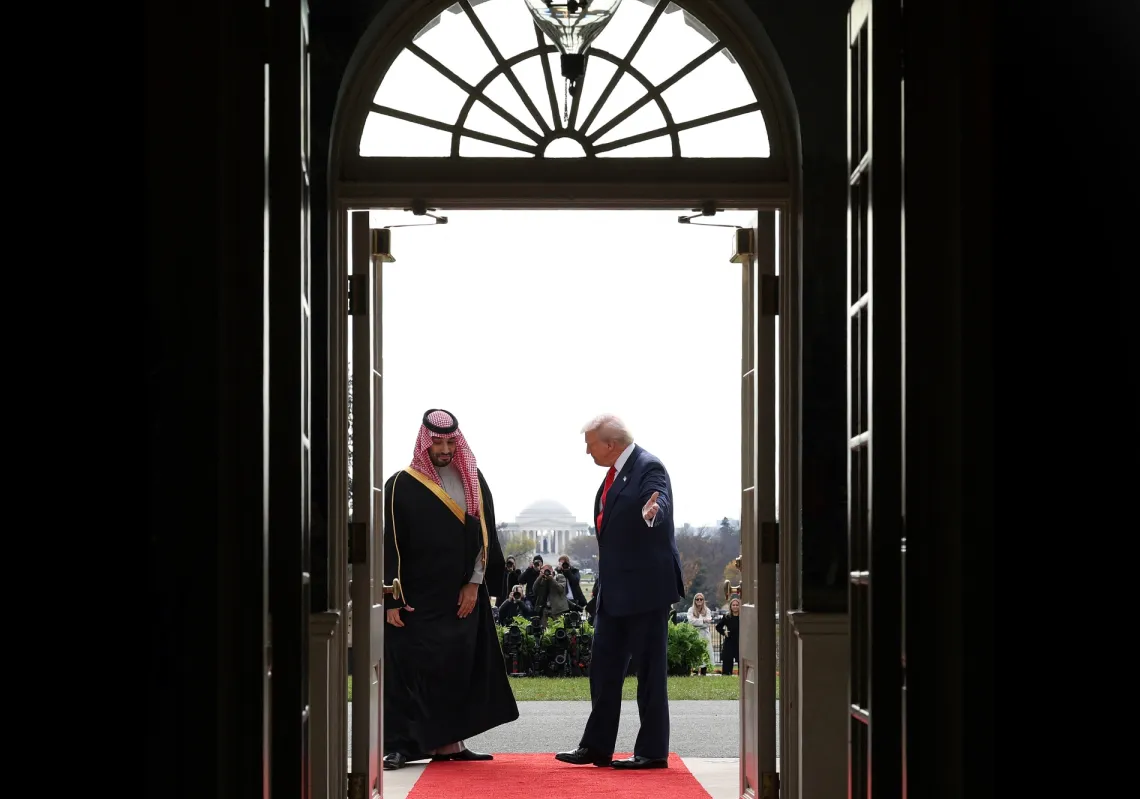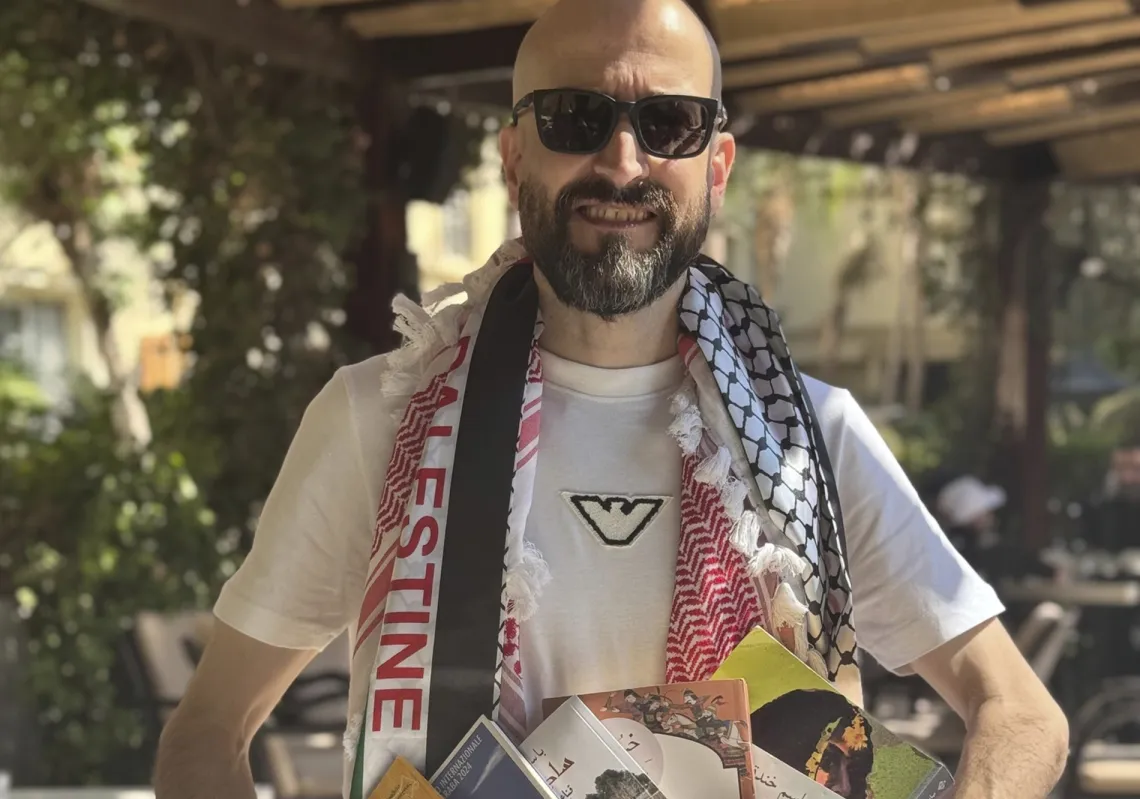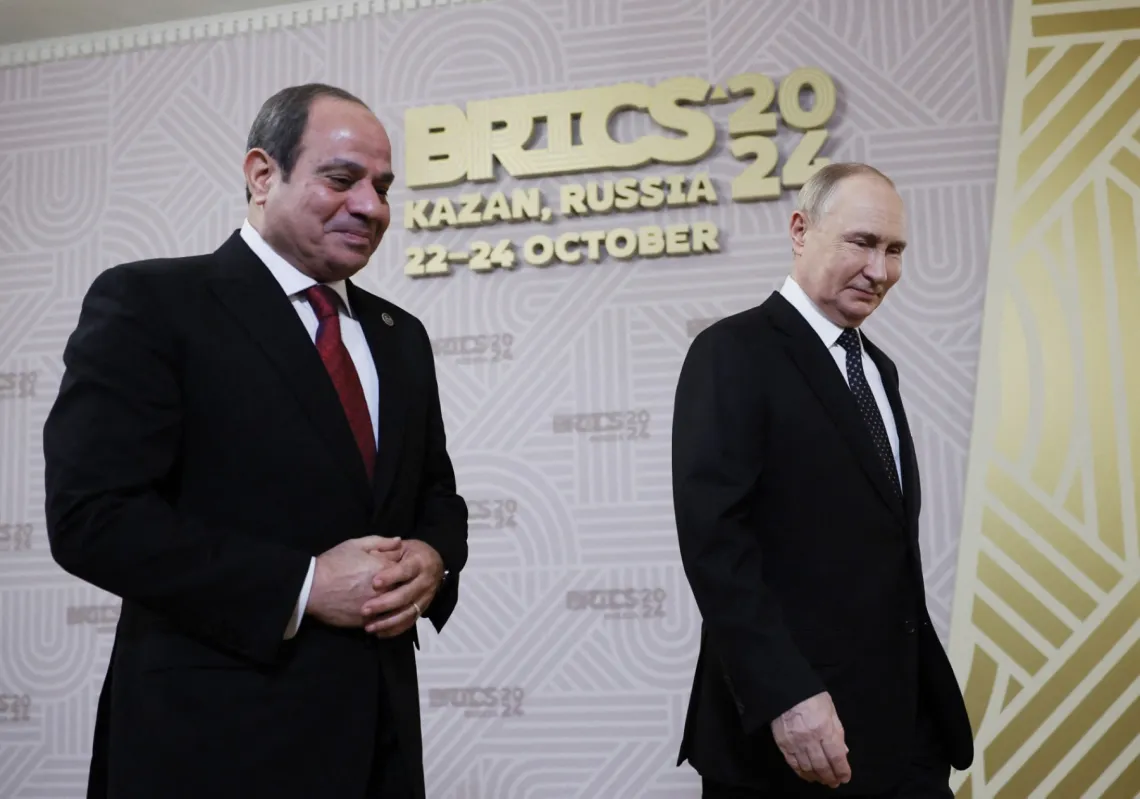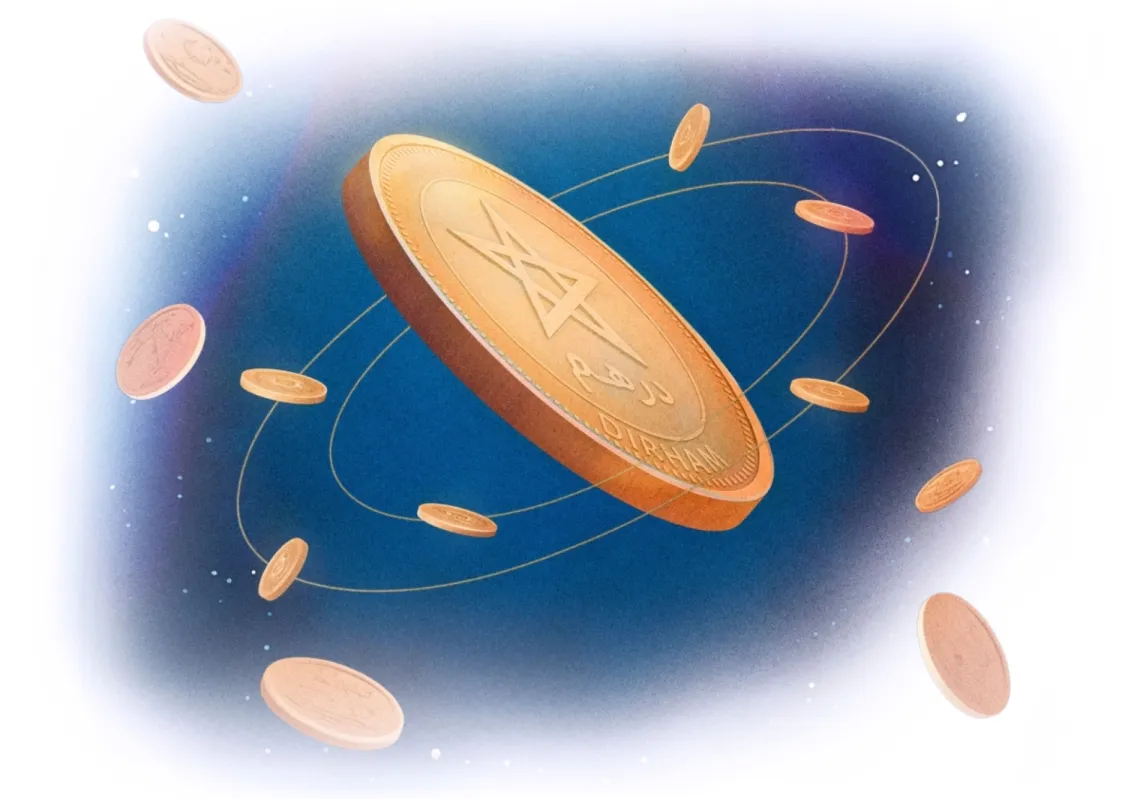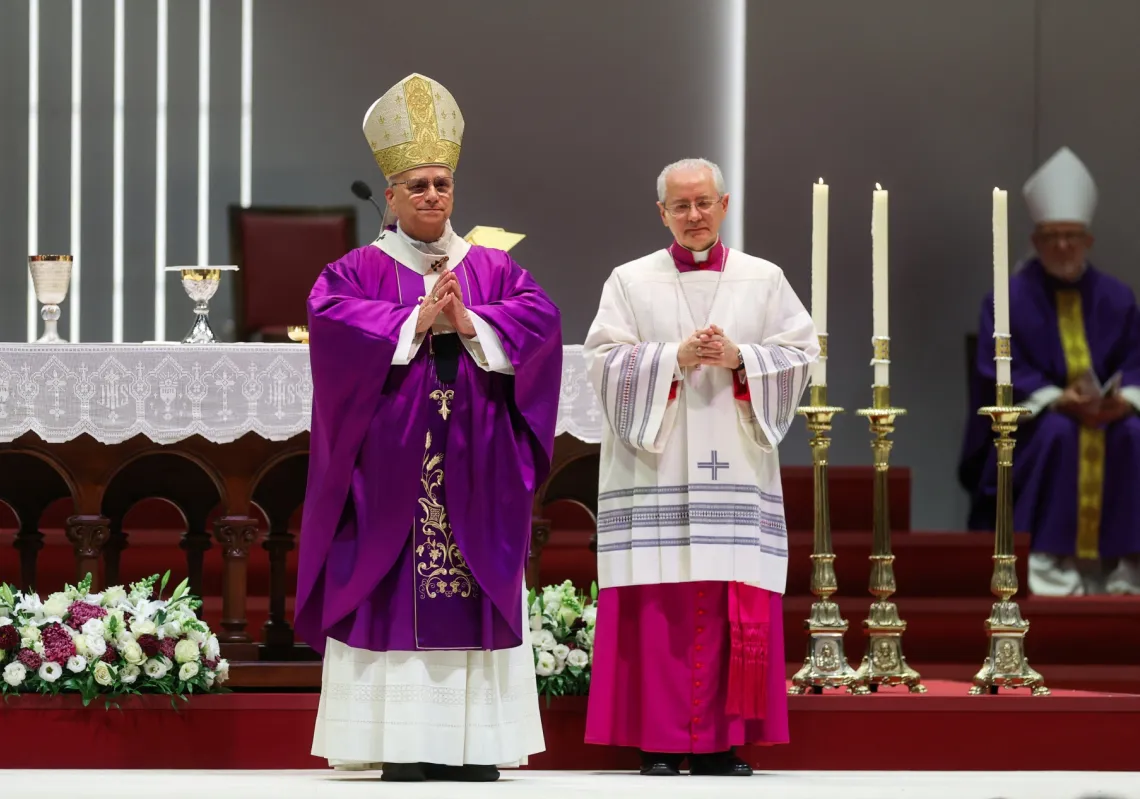Amid brewing tensions, fighting has flared up once again in Nagorno-Karabakh between Azerbaijanis and Armenians.
Three years ago, Azerbaijan, who had built up its military capabilities, dealt Armenia a decisive military defeat and recaptured territories that they say Armenia has occupied since the 1990s.
The war ended with a Russian-brokered truce, whose peacekeeping forces have been stationed along the contact line to this day.
Azerbaijan has been engaged in intensive reconstruction work in Karabakh's liberated and war-torn regions, including rehabilitating Armenians who are now under Azerbaijani sovereignty.
However, tensions never completely disappeared because Armenians continued to occupy some parts of Karabakh, in what they call the Republic of Artsakh.
Approximately, 120,000 Armenians live there in their self-declared state, which has yet to be recognised by any state. The city of Stepanakert (Khankendi for Azeris) is their base and so-called capital.
Even though Armenia does not officially recognise the Republic of Artsakh, it is the breakaway entity's leading supporter. Members of the Armenian security apparatus and nationalist militia are ever present in and around Karabakh.
During the last three years, even as Azerbaijan and Armenia held meetings at the highest levels to reach a political solution, occasional skirmishes continued on the ground, with loss of life on both sides.
Karabakh Armenians carried out guerilla-type attacks against Azeris. They hit Azeri targets with artillery fire, and Azerbaijan responded to these attacks and conducted its own operations against armed Karabakh Armenians, which it refers to as separatists.
Azerbaijan refuses to cede any of its territories, which remain under Armenian occupation.
In the past three years, Armenians in Karabakh claim that Azerbaijan has been blockading them, not allowing the passage of food and medicine supplies, whereas Azeris counterclaim that Armenians use aid convoys to smuggle in weapons and other military equipment.

Read more: Seven months of crippling blockade in Nagorno-Karabakh









